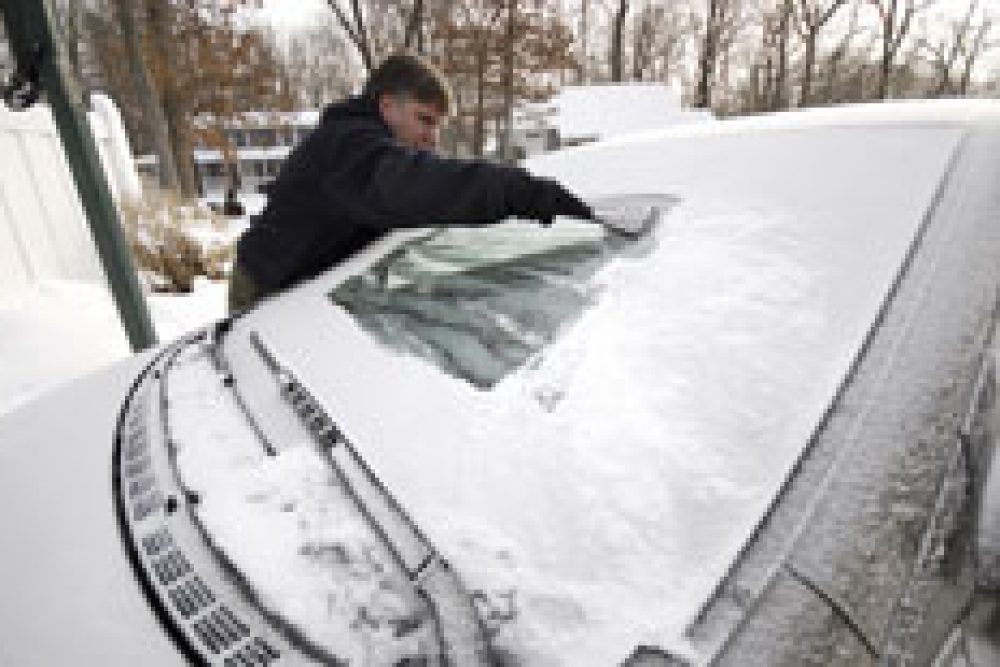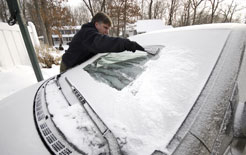By Michael Kemp
GO only if your journey is really necessary.
ALLOW sufficient time – AVOID dusk or night driving.
A FULL tank of fuel is essential. Your biggest source of heat if stranded will be your car engine.
MAKE sure all lights are working, fluid levels correct, use a stronger screen wash to prevent it freezing, make sure all windows are clean – use de-icer and suitable scraper.
IF FORCED to abandon your car leave it in the safest place possible.
NEVER leave your car unattended with its engine running. That will nullify its insurance cover if stolen.
DRESS for conditions. Take a thermos of hot drink or soup and high energy food such as sweets, chocolate, glucose based snacks.
HAVE a blanket or sleeping bag and a high visibility coat or vest.
HAVE entertainment especially if conveying young children.
TAKE sunglasses to reduce low winter sun glare, a mobile phone charger, your breakdown service telephone number – and inform someone that you are on your journey particularly if driving in a remote area.
AT THE WHEEL apply gentle acceleration, steering and braking. Gentle is the key.
PULL AWAY in 2nd or 3rd gear. In an automatic select 2nd. Some automatics have a winter mode.
WATCH your speed and remember that cyclists and pedestrians will be less visible than other vehicles.
STOPPING distances increase up to 10 times in ice and snow.
NEVER rev your engine. That only polishes snow and ice. If your vehicle starts to skid gently lift-off the throttle and steer into the skid. Try not to brake. Use 1st gear as a brake.
BLACK ICE is often in areas shadowed from sun particularly on roads heading north to south.
WHILE your car is warm inside it can be freezing outside. Monitor your external temperate gauge.
NON-GRITTED roads – beware of driving in wheel-tracks because compressed snow is more likely to cause a skid than undisturbed snow.
DIPPED headlights are essential to see and be seen. DO NOT use fog lights unless visibility is less than 100 metres – they dazzle oncoming vehicles and rear fog lights can obscure brake lights.
AVOID flashing headlights to acknowledge other drivers. It causes dazzle.
(Source: Les Stonnell LADC School of Motoring, Luton, Beds. 01582 597775).
Further information
If you would like more information on driving in wintry conditions, then read our Advice Articles Top Tips: Winter weather driving tips and Top Tips: Avoiding glare in the winter sun.








